New Distressed Mortgage Solutions needed for Banks and Homeowners
July 16, 2020South Africa’s property prices were not in great shape prior to the Covid-19 pandemic. Residential house prices since 2010 have failed to keep up with inflation. On top of this, properties sold in distressed situations via a “Sale in Execution” usually only achieve 40 – 70 % of market value.
To mitigate lending risk in these subdued market conditions, banks have introduced “Assisted Sale” processes which have ensured defaulting mortgage clients can sell their properties with the help of an estate agent—without the stigma of distress. The results have been beyond initial expectations, with properties frequently selling for 90 % of market value, ensuring that both the client and bank reach a more reasonable outcome.
However, an Assisted Sale process typically lasts for three to six months, and should it fail, a Sale in Execution is the only remaining option. Apart from the likely loss in value by going this route, there are a number of other risks in a foreclosure process.
The Covid-19 pandemic is likely to aggravate the situation for distressed homeowners and banks. Lightstone predicts house prices could drop by as much as 15 % in 2020 as a result of the economic impact of the lockdown. The prices achieved in a distressed sale are likely to be far worse.
Furthermore, banks’ ability to exit a distressed mortgage situation is certain to be limited, as evictions are currently prohibited under lockdown regulations—and no lender wants to incur the ire of government or the media by not assisting struggling homeowners. With the top four banks already sitting on R28 billion in non-performing home loans, there is a desperate need for alternative mechanisms for lenders to resolve distressed home-loan situations while helping homeowners get back on their feet and into more affordable housing.
Author: Andrew Watt
